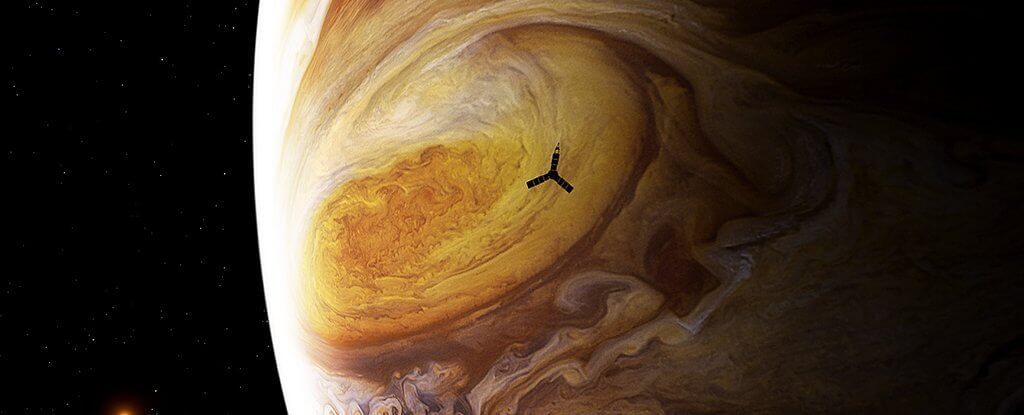
At the beginning of this week, the spacecraft NASA’s “Juno” was released to a height of 9,000 km right above the famous Great red spot of the gas giant Jupiter and made some amazing detailed photos of the large atmospheric storms in the Solar system. These photos will appeal to many Amateur astronomers. Despite the fact that this super storm continues on the planet for centuries, much of its nature remains a mystery to us.
“For many generations, people from around the world marveled at the grandeur of the Great red spot of Jupiter — his most popular feature,” — says the participant of the space program “Yunona” Scott Bolton of the southwest research Institute (TX, USA).
“And now we finally have the opportunity for a close-up look at how it looks phenomenon.”
The first signs of the presence of this gigantic “marks” on the body of Jupiter was discovered by the Italian astronomer Giovanni Cassini in 1665. However, to more clearly see the spot was only after 1830. It is possible that during the several centuries since the first mention of the spot was more than the dim may have been some other reason. But in the end watching him continuously for the past 187 years.
The hurricane is really amazing. At length he reached 50 000 kilometers, and a maximum width of 13 000. This anticyclone can easily swallow the entire Earth. The maximum wind speed within the hurricane, according to scientists, can reach 645 miles per hour.
The characteristic orange-rusty hue of the storm is just one of those interesting mysteries that researchers hope to solve. The upper atmosphere of Jupiter is composed mainly of ammonia, ammonium hydrosulfite and water, however, it is not clear how these compounds lead to the fact that the stain gets its red and orange tints.
Also remains a mystery how this storm maintains its strength. For example, when existing in the world the contrast between liquid, solid surface, atmosphere and their interactions, the storm may last only a few days or at worst weeks. And here, recall, we are talking about centuries.
In 2016, astronomers were some marked temperature difference in the background of the planet and the Great red spot. The atmosphere on the spot was warmer than the surrounding clouds. It is possible that this observation will help in the future to explain why the temperature in the upper atmosphere of Jupiter is comparable to earth’s, despite the fact that Jupiter is much further from the Sun.
At the moment, made the assumption that acoustic and sound waves excited by the storm, faced with the gases in the atmosphere, causing the heat radiation through the clouds over the planet. However, before scientists can more accurately answer many unclear questions about the Big spot, you will most likely need to do more than just a few detailed pictures. Therefore, the spacecraft “Juno” will continue to collect data on the phenomenon and processes in the upper atmosphere of a gas giant.
“We now have better shots of this storm. Take time to analyze all the data obtained not only from camera “Juno”, but also with eight scientific instruments of the spacecraft. Maybe then we can figure out past and present this is the Great red spot,” says Bolton.
The raw image was uploaded to the village website of NASA, where professionals and lovers can read them. Also there you can find some examples of already processed images with color correction.
“It’s always interesting to meet new raw images of Jupiter. But what is even more exciting is the transformation of these raw images into something amazingly beautiful that people can appreciate. That’s what I live for,” says graphic designer Jason major, engaged in processing of photos.
Several examples of processed images of the Great red spot of Jupiter can be found below.
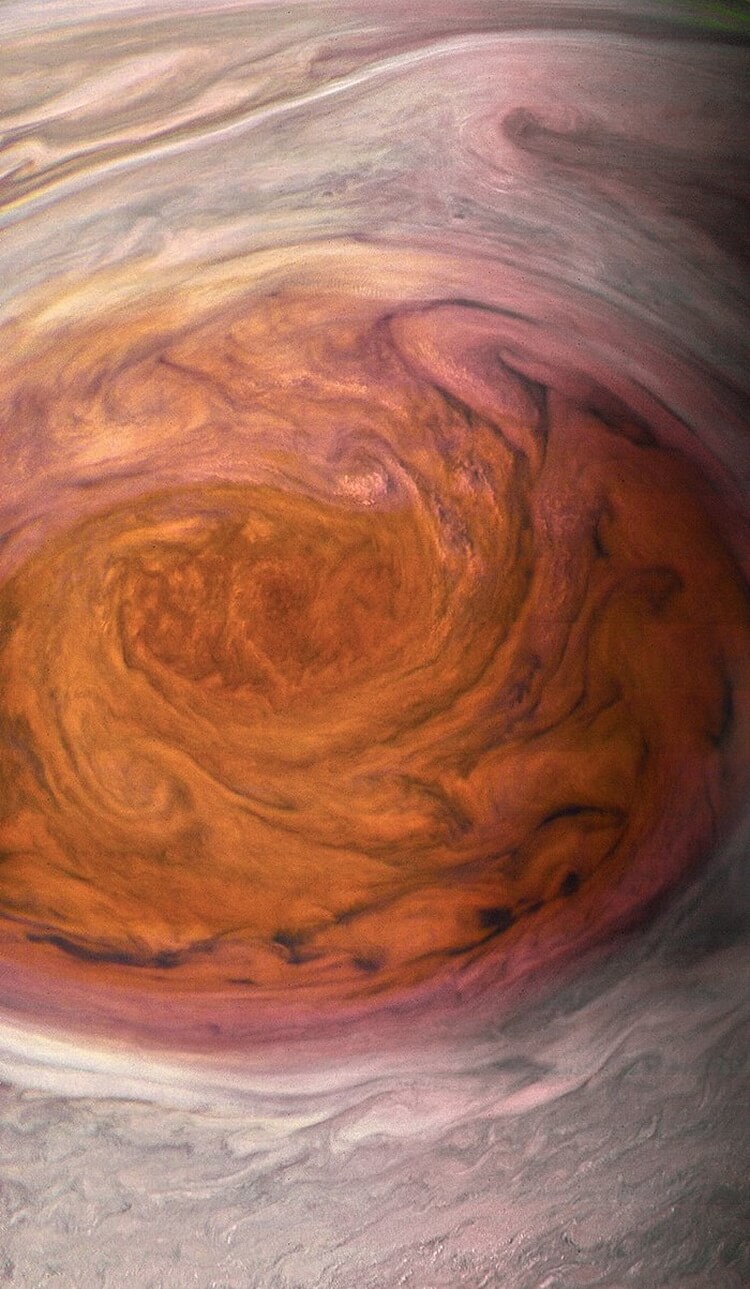
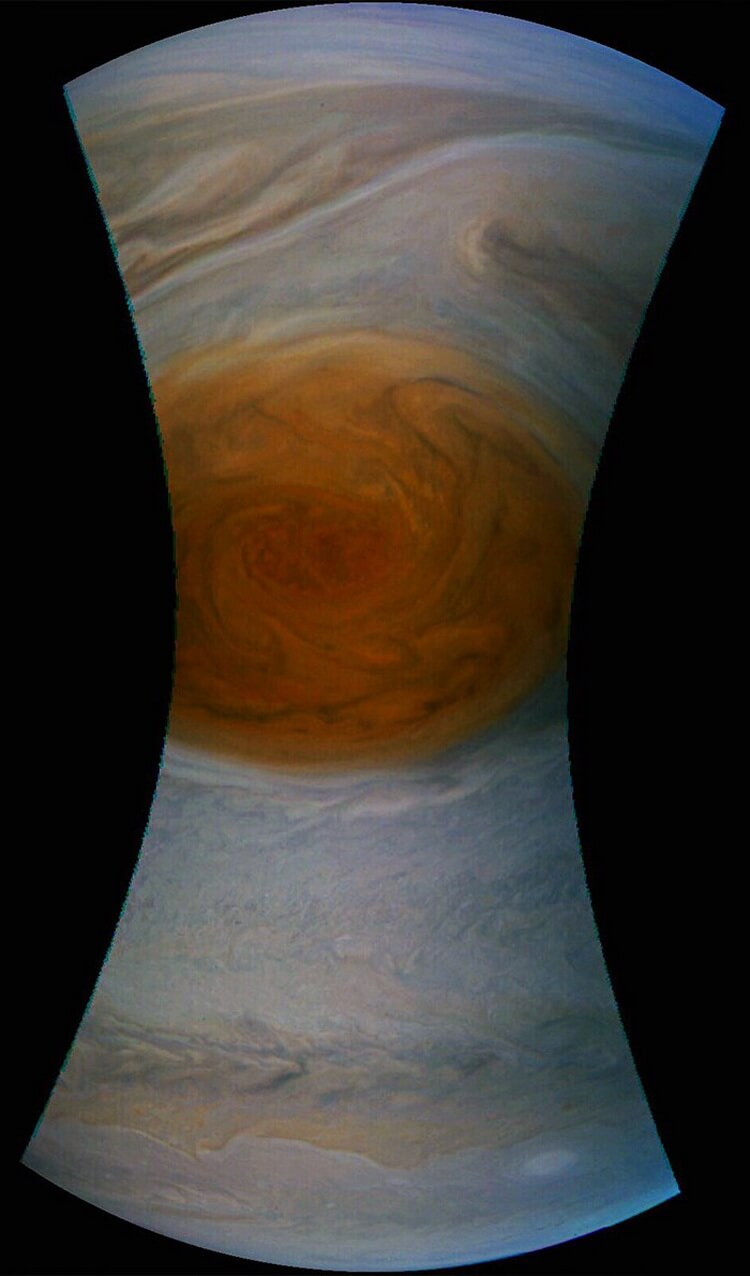
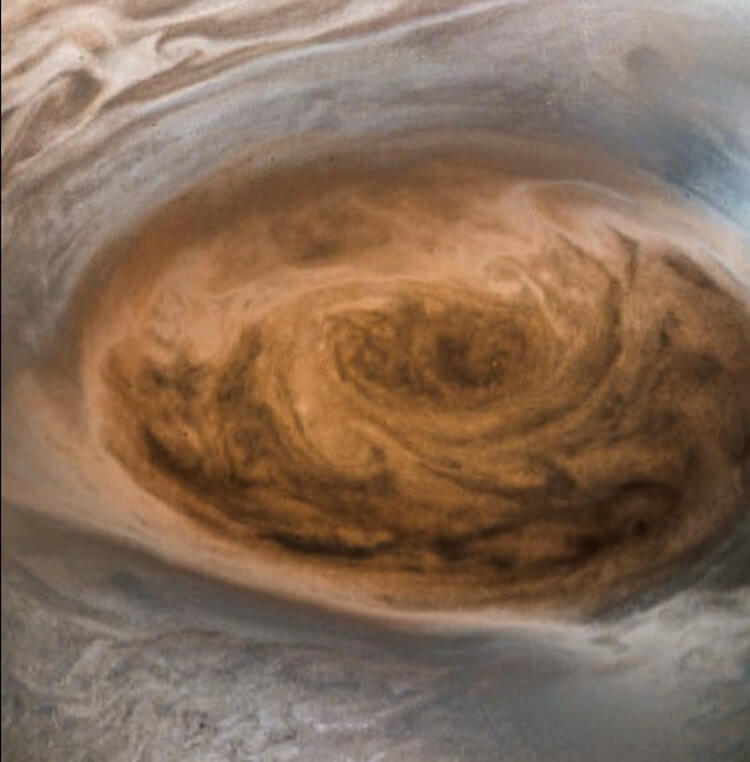
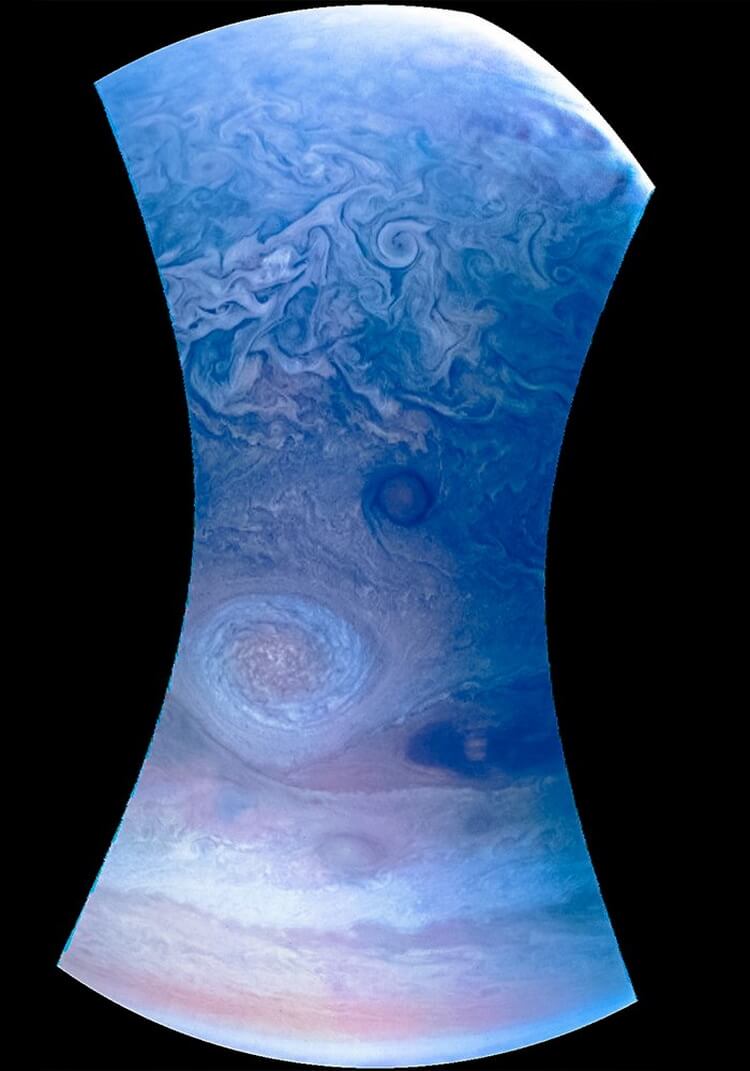
#photo | NASA received detailed images of the Great red spot of Jupiter
Nikolai Khizhnyak